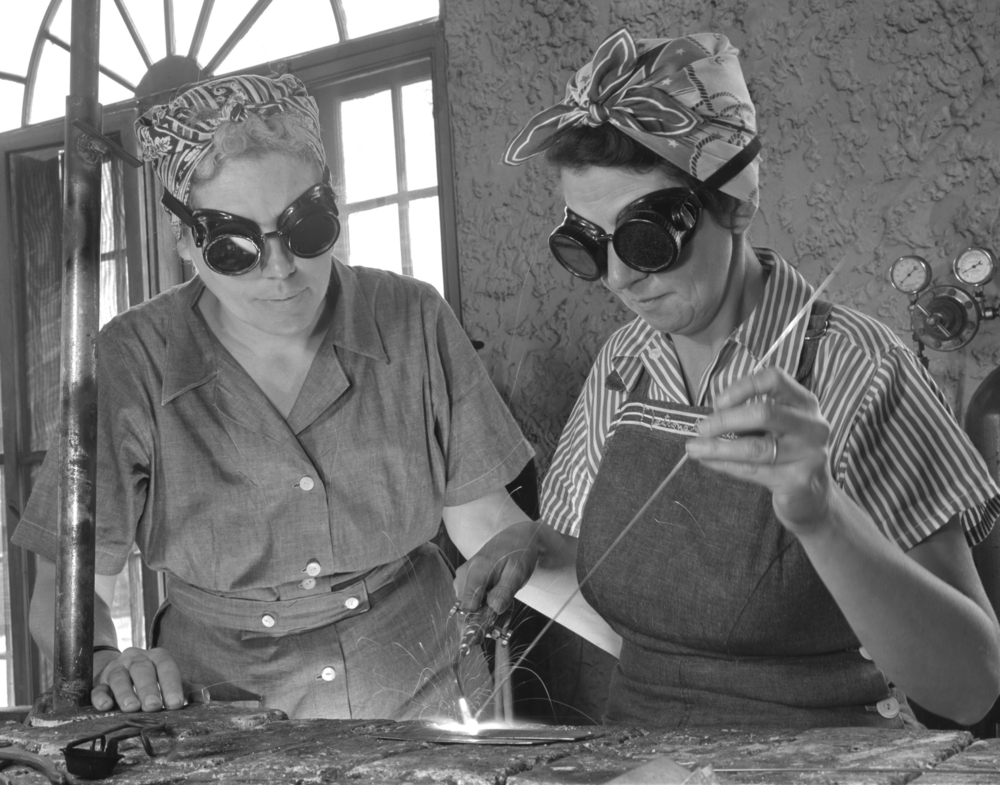
Lauren White explains why and how Canal & River Trust, despite having limited resources, is continually testing new products.
Testing different supporter engagement tools is an important part of our innovation process. We all know there is no longer one key channel that can act as a standalone to deliver all objectives – people have diversified what they consume and what they respond to, and so charities need to adapt and diversify too.
Testing is a key element in this - it can show which channels or messaging work for different parts of the funnel, to keep your supporters moving. And there is much a medium-sized charity such as ours can do even with limited resources. Provided you know your audience, and make the most of the data you have available to you, you can find ways and places to trial new products that minimise risk, before investing more time and resource in them and rolling them out to a wider audience.
Finding ways to test
At Canal & River Trust, we often trial things with small groups of existing supporters - those whose profiles best represent our target audience. For example, we are currently redoing our website, and we plan to ask five or ten supporters to test it before we go live.
Charities that need to test something quickly and at low cost can even utilise colleagues from across the organisation – people in completely different roles than you - who may be representative of the people you are trying to reach.
By keeping trials small-scale and highly targeted we have been able to test out numerous products: for example, low-barrier/one-click activations via mobile devices, and one- and two-stage content marketing. Wherever possible we partner with existing digital platforms for new technology, which is much easier and cheaper than developing your own.
An eye on recruitment
We’ve been looking in particular at how we can use all the different channels for recruitment, not just retention and stewardship. Consulting industry reports, we can figure out where our target demographic lives online, what kind of digital activity they engage in, and what sort of content appeals to them. We are currently testing the extent to which the content that is popular for stewardship will also work as a recruitment tool, and what kind of sign-up function yields the best conversion rates.
Furthermore, we've been trialling Facebook advertisements, testing out a number of different creatives simultaneously (on small-ish audiences to keep initial costs down), and seeing which perform best in terms of generating leads and conversions. We monitor their performance closely and react quickly to the results; if one creative isn't working so well, we can pull it and replace it with one that is working more successfully.
Through testing, we are learning and discovering more about what works for our supporters all the time. Some useful things we have found so far are that low-barrier recruitment asks are an effective addition to the fundraising mix – but they need to be served in the time and place that’s right for your objectives as well as right for the supporter. We've also found that a mix of channels and organisational messages is best for keeping attrition rates down.
Planning and reacting
Before testing or trialling new products, it’s advisable to get really solid plans in place – then just go for it. But if an opportunity arises before the chance to plan thoroughly, just go for it anyway! Opportunity doesn’t always knock twice.
When you're a small team with limited resources, testing often means making the most of the information that's readily available to you - for example, using basic data analysis of your existing supporters - and using this as an opportunity to target similar people on social media to convert them.
But remember: Testing doesn’t stand alone, you need to be agile and responsive to results (also be prepared to get results other than the ones you were expecting!), and be prepared to iterate and act on the feedback you're getting, whether it’s via analytics or from supporters directly.
Lauren White is supporter engagement manager at Canal & River Trust




